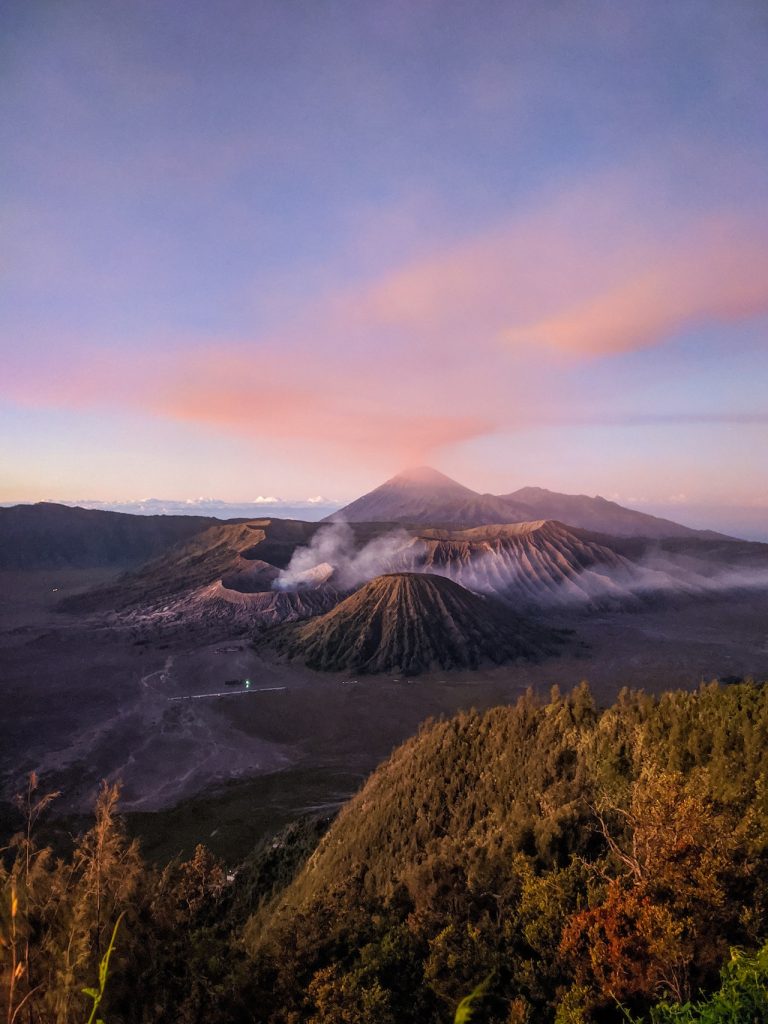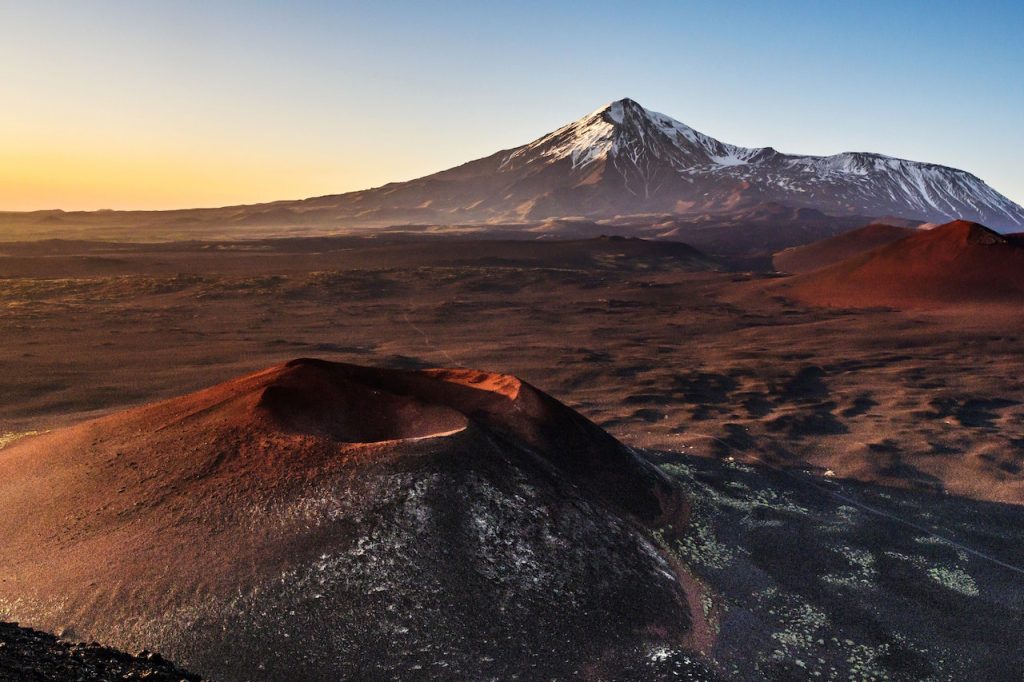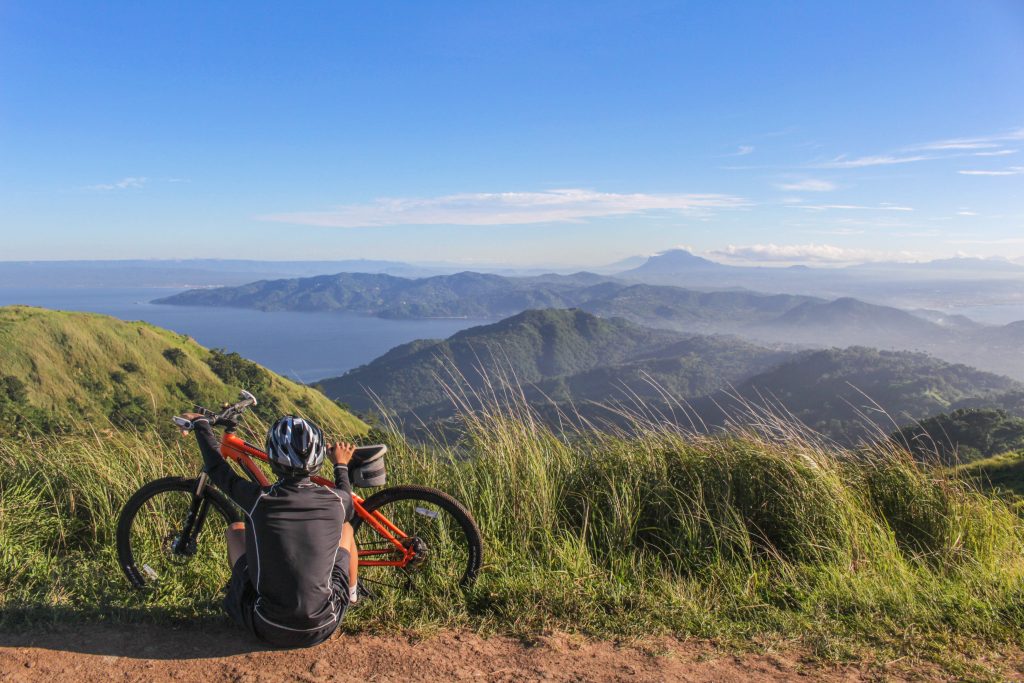Imagine being on the rim of a massive crater, surrounded by the amazing splendor of a volcano within a national park. Volcanoes in national parks have a unique place among natural wonders, demonstrating the tremendous forces that shape our world. In this post, we’ll go on an adventurous adventure to discover the fascinating world of volcanoes in national parks.
Importance of Volcanoes in National Parks
Volcanoes, as geological wonders, play an important biological and geological function in national parks. They act as living laboratories, illuminating the history of the Earth and providing a unique opportunity to research volcanic processes. Let’s look into why these volcanic landscapes are so important:
Ecological Importance: Volcanic activity produces rich volcanic soils, resulting in fertile grounds that support a variety of habitats. These sites become havens for rare flora and wildlife, which are often found only in volcanic national parks.
Volcanoes are the result of intriguing geological processes including subduction zones and hotspot activity. National parks highlight several types of volcanoes, such as shield volcanoes and stratovolcanoes, each having its own particular features and characteristics.
Opportunities for Education and Recreation: Volcanic national parks provide outstanding educational and recreational opportunities. Hiking routes, volcanic landscapes, and guided tours are available for visitors to learn about the geological history and volcanic hazards.
Popular Volcanoes in National Park
When it comes to national parks with volcanic beauties, several well-known destinations captivate visitors from all over the world. These parks demonstrate the splendor and diversity of volcanic landscapes:
-
Yellowstone National Park – Nestled primarily in the United States, Yellowstone is home to the famous supervolcano known as the Yellowstone Caldera. Its geothermal features, including the iconic Old Faithful geyser, attract millions of visitors each year.
-
Hawaii Volcanoes National Park – Situated on the Big Island of Hawaii, this park is a testament to the ongoing volcanic activity of Kilauea and Mauna Loa. Visitors can witness the mesmerizing sight of lava flows and explore lava tubes, making it an unparalleled volcanic experience.
-
Mount Bromo-Tengger-Semeru National Park – Located in Indonesia, this park showcases the dramatic Bromo and Semeru volcanoes. Adventurers can witness stunning sunrises over the volcanic craters and explore the otherworldly landscapes.
To get a complete picture of the top volcanic national parks, refer to the table below:
| National Park | Country | Prominent Volcano(s) |
|---|---|---|
| Yellowstone National Park | United States | Yellowstone Caldera |
| Hawaii Volcanoes National Park | United States | Kilauea, Mauna Loa |
| Mount Bromo-Tengger-Semeru National Park | Indonesia | Bromo, Semeru |
Volcanoes in National Park : Geological Formation of Volcanoes
Volcanic eruptions are spectacular natural phenomena that affect the area around them. Understanding the geological development of volcanoes is critical to appreciating their grandeur:
1. Subduction Zones: Volcanoes frequently originate where tectonic plates collide, forcing one plate beneath another in a process known as subduction. The melting of the subducting plate causes volcanic activity, resulting in volcanic arcs such as the Ring of Fire.
2. Hotspot Volcanoes: Hotspot volcanoes are concentrated areas of volcanic activity caused by a mantle plume that creates heat under the Earth’s surface. Volcanoes form as the tectonic plates move over these hotspots, forming chains of islands such as the Hawaiian Islands.
Refer to the table below to illustrate different types of volcanoes and their characteristics:
| Volcano Type | Shape | Eruption Style |
|---|---|---|
| Shield Volcano | Broad and low | Effusive eruptions |
| Stratovolcano | Tall and steep | Explosive eruptions |
| Caldera | Large depression | Massive explosive eruptions |

Volcanoes in National Parks Eruption History and Impact
Volcanic eruptions have a significant impact on the environment as well as the communities that surround them. Let’s look at some famous eruptions and their effects:
1. Mount St. Helens Eruption (1980): The Mount St. Helens eruption in Washington State, USA, wreaked immense devastation, changing the landscape and claiming many lives. The eruption served as a wake-up call, emphasizing the importance of better volcano monitoring and public awareness.
2. Eyjafjallajökull Eruption (2010): The ash plume from Iceland’s Eyjafjallajökull volcano drew worldwide attention, interrupting air travel across Europe. The event highlighted the global impact that volcanic eruptions can have on a variety of industries, including transportation and the economy.
Volcanoes in National Parks : Monitoring and Research
Volcano monitoring is critical for understanding their behavior and anticipating eruptions. To research volcanic activity, scientists use a variety of techniques and technology, including:
1. Monitoring for Seismic Activity: Seismic sensors detect earthquakes caused by volcanic activity. Monitoring seismicity patterns can help predict volcanic eruptions.
2. Gas Monitoring: Analyzing the composition and volume of gases emitted by volcanoes offers information about volcanic processes and can aid in the prediction of eruptions.
Continuous research and collaboration between scientists and park authorities are essential for gaining a better knowledge of volcanic dangers and improving preparedness.
Volcanoes in National Parks : Safety Precautions and Visitor Guidelines
When visiting volcanoes in national parks, it is critical to emphasize safety and adhere to the following guidelines:
Stay Informed: Stay up to date on the latest volcanic activity information and follow the advice of park officials.
Park regulations must be followed: Follow all visitor safety and environmental preservation guidelines and regulations.
It is advised that you seek direction from park rangers, use suitable gear, and stay on approved paths for a safe and pleasurable trip.

FAQs: Frequently Asked Questions
Here are some common questions answered based on the top 10 Google search results for “volcanoes in national parks”:
-
Can you hike on active volcanoes in national parks?
- While some national parks allow hiking on active volcanoes, it is essential to follow safety guidelines and consult with park authorities before embarking on such hikes.
-
Are there visitor centers for volcanoes in national parks?
- Yes, many volcanic national parks have visitor centers where you can learn about the park’s geology, history, and safety measures.
-
What should I do if I encounter volcanic ash during my visit?
- In the presence of volcanic ash, it is advisable to protect your respiratory system by wearing masks or covering your mouth and nose with a damp cloth.
-
Are volcanoes in national parks open during volcanic eruptions?
- The accessibility of volcanic national parks during eruptions depends on the level of volcanic activity and safety considerations. It is best to check with park authorities for the latest updates.
Conclusion
Volcanoes in national parks exemplify nature’s raw strength and beauty. These volcanic landscapes provide a unique view into Earth’s geological wonders, from their ecological relevance to the educational and recreational opportunities they provide. Exploring volcanic national parks guarantees a memorable experience, whether you’re drawn to the majesty of Yellowstone, the fiery show of Hawaii’s volcanoes, or the strange vistas of Mount Bromo-Tengger-Semeru. Remember to take safety precautions, follow park guidelines, and enjoy the opportunity to watch the dramatic forces that have changed our planet for millennia as you embark on your journey.



